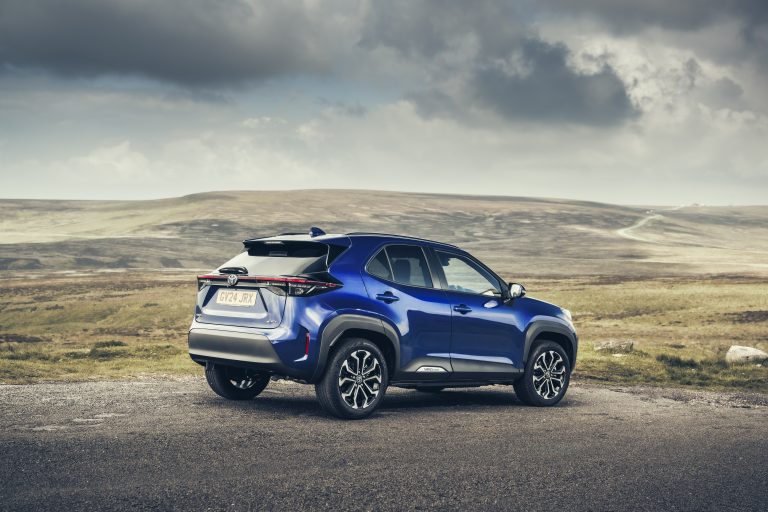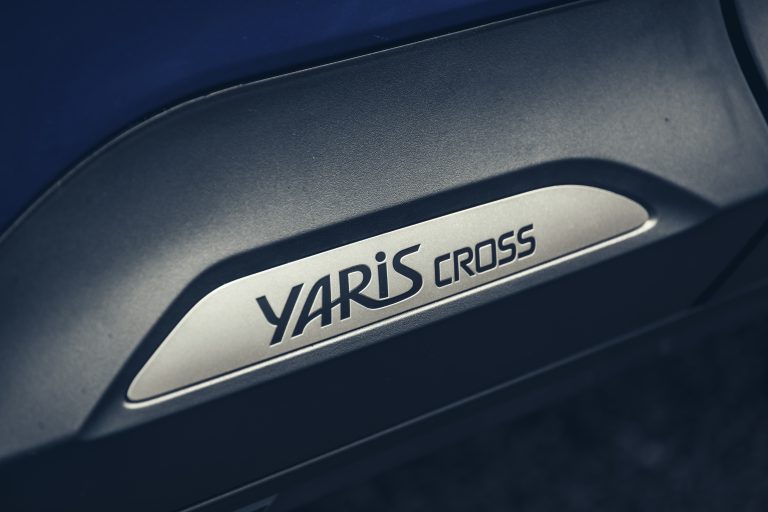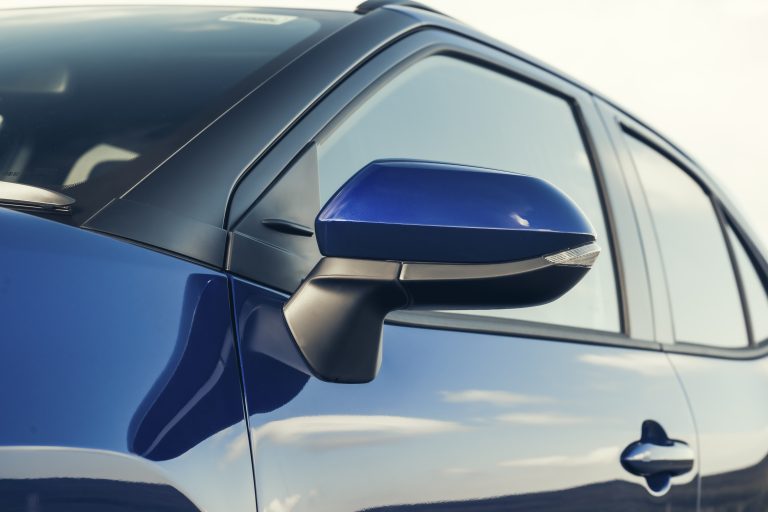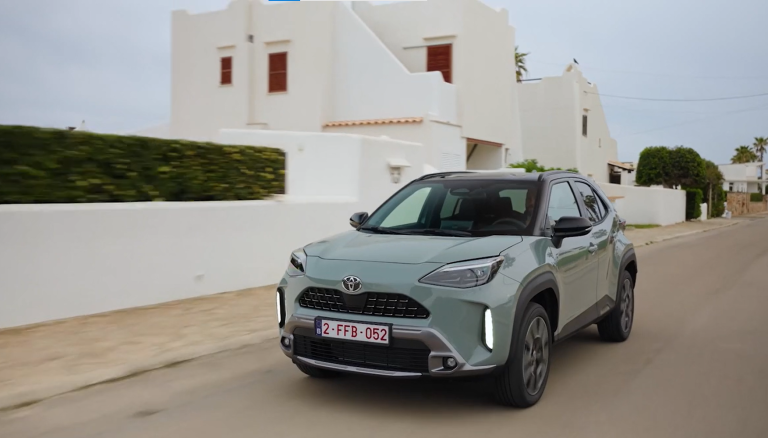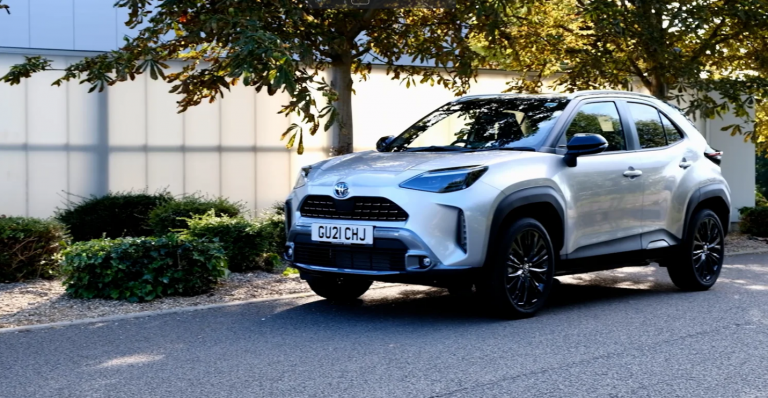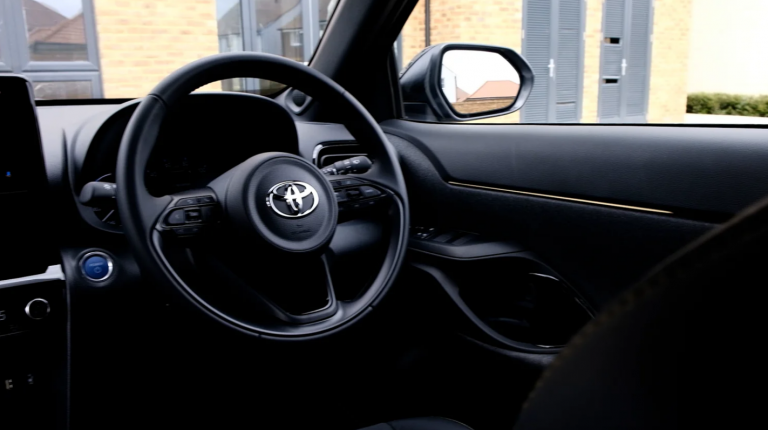Toyota SUV Innovation from Original RAV4 to New Yaris Cross
- Achievements of the original Toyota RAV4 reflected in key qualities of the new Yaris Cross small SUV
- RAV4 the market-defining model for generations of lifestyle/recreational SUVs
- Yaris Cross due for launch in 2021
The new Toyota Yaris Cross is very much a car of today in terms of its sophisticated technology, performance and exceptional safety standards. But the essential qualities of this small SUV, set for launch in 2021, have their roots in Toyota’s original RAV4, its breakthrough model of the 1990s.
RAV4 was the original recreational SUV, a model that reinterpreted the traditional 4×4 as a more user-friendly, versatile and dynamic vehicle that’s as well-suited to urban streets as the great outdoors.
Looking at the 1994-vintage first generation model that has pride of place in Toyota GB’s heritage fleet, it is clear to see how Toyota’s ground-breaking approach to construction, ride and handling, packaging and performance continue to influence today’s lifestyle SUVs, including Yaris Cross and the compact Toyota C-HR. And just as RAV4 was initially developed with a focus on the European market, so too were Toyota’s latest SUV additions – both of which are also built in Europe.
At the time of launch, Chief Engineer Masakatsu Nonaka spelled out the qualities that would distinguish RAV4 from other models. A wide track and independent suspension gave the car its essential dynamic appeal, while a multivalve engine (transverse-mounted) with a wide power band ensured rewarding performance.
The styling was compact, and sporty, with short overhangs, making the car agile around tight urban streets, but rugged enough for more challenging routes. Thanks to clever packaging, the cabin was spacious, with a low, flat floor that made access easy. Kerb weight was kept down, to less than 1,200kg, and there was a focus on safety and environmental performance.
These touchstone features are evident in Yaris Cross, too, which is being built on Toyota’s new GA-B platform, shared with the new Yaris hatchback. This gives it high body rigidity and a well-balanced chassis with a low centre of gravity, all of which contribute to rewarding and secure handling.
The first RAV4 had a permanent, mechanical all-wheel drive system fitted as standard, with front/two-wheel drive versions being added as the model’s popularity soared. Yaris Cross is an authentic SUV in that it too offers an all-wheel drive option, but a compact, electric-driven system, AWD-i, that operates intelligently when driving conditions require extra grip.
In terms of size, Yaris Cross is in fact slightly larger than the original three-door RAV4. Its 2,560mm wheelbase is 360mm longer, while overall length is greater by 475mm and width is extended by 70mm. It is a lower vehicle, however, notwithstanding its increased ground clearance compared to the Yaris hatchback.
Toyota sought performance and efficiency from a 16-valve 2.0-litre petrol engine for the first RAV4. Where Yaris Cross is concerned, the principal powertrain is a new 1.5-litre full hybrid electric system that takes fuel efficiency, low emissions and all-electric driving capability far beyond anything Chief Engineer Nonaka and his team could have envisioned.
Of course, RAV4 remains central to Toyota’s current SUV line-up, now established as one of the world’s best-selling vehicles. Today it is a much larger vehicle, competing in a different market segment, but like Yaris Cross it has reaped the benefits of a Toyota New Global Architecture platform and hybrid electric power – the exclusive powertrain option for UK customers.
More details about the new Yaris Cross are available here, and the current RAV4 here.
ENDS




